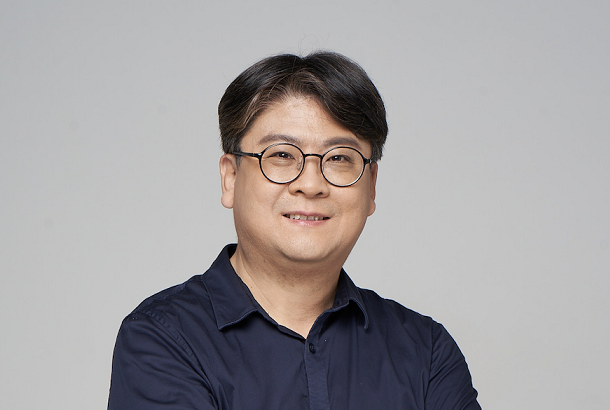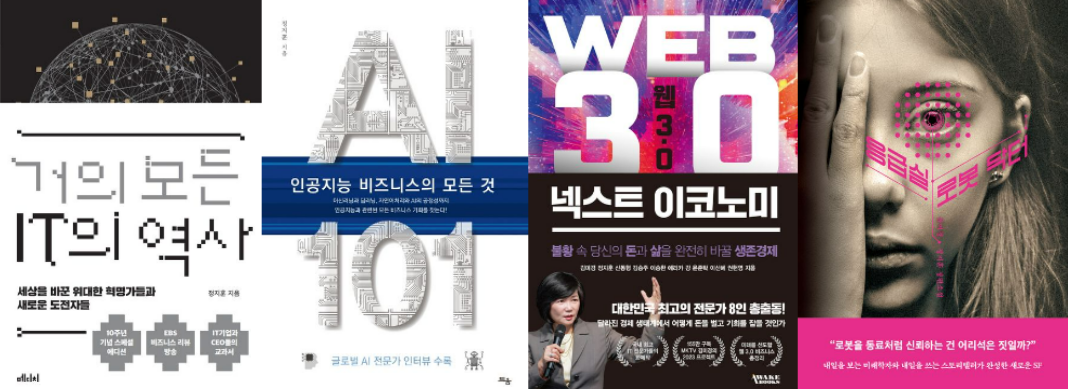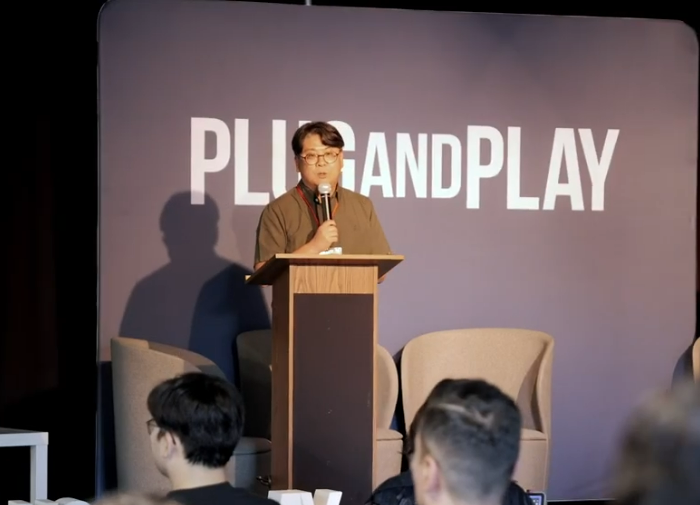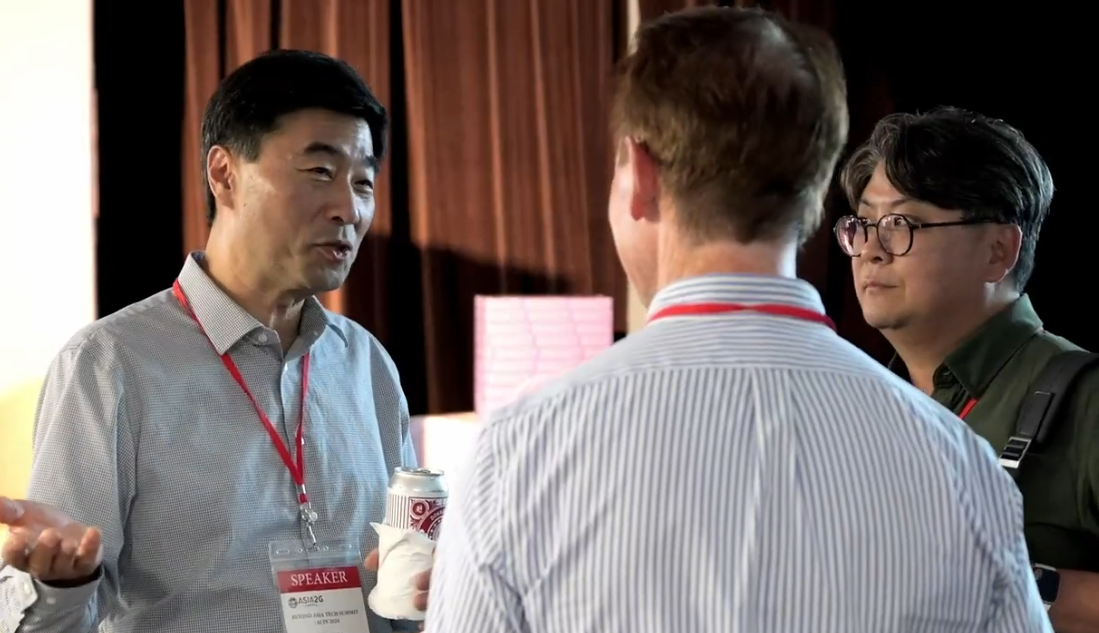The Doctor Who Bet on Startups: A Journey from Healthcare to High Tech

Part1. Interview with Dr. Jihoon Jeong
- Co-founder and General Partner at Asia2G Capital
- Adjunct Professor at DGIST (Daegu Gyeongbuk Institute of Science and Technology)
Notable Publications
- <The Complete History of IT>, <AI 101: All You Need to Know About Artificial Intelligence in Business>, <Web 3.0: The Next Economy>, <AI Robot Doctor in the Emergency Room>

Q1. What inspired your transition from a medical specialist to becoming a prominent investor in technology startups?
In 2007, after earning my PhD in biomedical engineering from the University of Southern California, I returned to Korea. I wrote a book about future technology convergence trends called The Fourth Fire, which became a bestseller and marked a significant turning point in my career. Following its success, I began receiving requests for advice from various fields such as business, economics, medicine, and social policy, as well as from major Korean companies like Samsung, Hyundai Motor, and SK.
Recognizing that Silicon Valley's technological innovation is driven by startups, I decided to invest half of my earnings as a technology convergence expert into finding and investing in suitable startups. At the time, the concept of angel investment was virtually unknown in Korea. Despite this, I began personally investing in innovative companies, starting with HurayPositive, a digital healthcare company founded by former Daum and Naver entrepreneurs in 2010.
Later, I co-founded Big Bang Angels with Jin Young Kim of The Invention Lab and ByungSun (Michael) Hwang, who was working at LG Electronics at the time. Our first investment was in the webtoon platform Lezhin Comics, which yielded a remarkable 50x return.
After this initial success, I continued making angel investments and studied accelerators. I realized that in Silicon Valley, venture capitalists don’t just provide financial backing; they also actively help businesses strategize for growth. I also learned that U.S. investors with expertise in specific industries, known as verticals, are highly regarded. As a doctor with a specialization in biomedical engineering, particularly optics, I co-founded Digital Healthcare Partners (DHP) with Chiweon Kim, current Vice President of Kakao Ventures ( Founder of Wise Nursing Hospital at that time), and Yoon Sup Choi, a digital healthcare expert (Current CEO of DHP). My investments in companies like Lunit, an AI medical imaging software company, and Curocell, an anti-cancer immune cell therapy company, have been highly successful. Both have gone public, and I believe that HurayPositive, my first angel investment, will soon follow.
Q2. What led you to establish a global investment fund in the U.S., and how does it align with your vision for innovation?
During his lifetime, Samsung Group Chairman Kun-Hee Lee was greatly impressed by the open innovation theory proposed by Professor Henry Chesbrough of the University of California, Berkeley. He directed the entire Samsung Group to adopt an open innovation strategy. I was invited to join Samsung SDS's Open Innovation Strategy Program as an advisor. Through this program, we identified and recruited entrepreneurial students for Samsung SDS, several internal ventures successfully spun off and gathered startup innovation idea contests from the public
It was through this program that I met Archi Kyungrok Kong, who is now Managing Partner at Asia2G Capital. At the time, he was the key player of Samsung SDS’ Open Innovation Program. The program’s success led to Kong being called to join Samsung Group's global software investment arm in Silicon Valley in 2014.
At that time, Samsung was a leader in semiconductors and hardware, but internet and software companies like Google and Microsoft were rapidly rising. Samsung realized that maintaining its industry leadership would be challenging without keeping up with these IT trends. As a result, Mr. Kong was sent to Silicon Valley to make strategic investments in software startups, which allowed him to network with IT experts and companies in the region, the heart of IT innovation.

Q3. Why did you decide to launch Asia2G Capital in the U.S., and how do you see it shaping the future of tech investments?
Despite Korea's high level of IT technology and talent, deep-tech startups in fields like SaaS B2B enterprises, AI, and robotics platforms have struggled to succeed. One reason is the small size of the Korean market. Another is that the Korean software market is dominated by subsidiaries of large companies, leaving little room for independent IT solution providers to develop.
In contrast, Silicon Valley has produced numerous unicorns in B2B enterprise solutions, with many companies achieving great success in SaaS and cloud technology. I was often disappointed that innovative companies with excellent talent in Korea were either limited by the small domestic market or prioritized building a local reference base first. They would spend a few years growing their companies with government support, only to find that their global competitors had already captured larger markets like the U.S., thus missing their opportunity.
However, the success of K-content such as BTS and Squid Game in 2022, coupled with the strained U.S.-China relationship, convinced me that it was the right time for Korean tech companies to enter the U.S. market.
Together with Kenneth Kim and Archi Kyungrok Kong, I co-founded Asia2G Capital, a venture capital firm that helps Korean and Asian companies enter the U.S. market. One of our partners, Kenneth Kim, has co-founded several Silicon Valley tech startups, successfully taken them public on NASDAQ or exited through M&A, and is currently leading business development at Kong, the world's No. 1 API gateway and management company.
Even with great technology and a proof of concept, securing investment and business development in the U.S. can be challenging. I believe that working with partners who have years of successful experience in B2B enterprise, SaaS operations, and business development is a meaningful and rewarding way to identify and invest in promising startups from Asia, including Korea, and help them enter the U.S. market, which accounts for half of the world's market.
Q4. What challenges do you face when investing in deep tech, and how do you overcome them?
For startups focused on understanding consumers and customers, known as B2C, it's possible to test products directly with customers to gauge reactions and market potential. Future growth can be predicted through the metrics and data that emerge. When discovering a new product, the lean startup method allows you to find Product-Market-Fit (PMF) through continuous A/B testing and piloting to build a product that satisfies market and customer needs.
However, in the enterprise SaaS space, particularly in deep tech, which I currently invest in through my U.S. fund, generating formal numbers and data about the technology and market is much more challenging. If these numbers and data are already available, the technology likely isn’t deep tech, as deep tech requires a different approach to investment review.
Q5. What strategies do you use to identify and invest in promising deep-tech startups?
One of the most critical factors in finding a successful deep-tech startup is the ability to understand the "life cycle of technology." You must be able to analyze the flow of technology and the market, predicting the need for specific technologies within a given timeframe—whether it’s 1, 2, 3, 5, or 10 years.
The second step is identifying startups that can deliver this technology to the market, which is more challenging than predicting tech trends. I receive introductions to promising companies and seek them out myself, which is where I realize the importance of networking.
The third step involves evaluating the company's solution design and prototype, created through Proof of Concept (PoC), to see if it can solve a real-world future problem and confirm its feasibility through real-world testing.
The final step, which is the most crucial, is to assess the skill level of the key people in the tech space, who are often engineers or scientists, through the network we've built before deciding to invest.
It is difficult to achieve successful deep-tech investments without these four steps and a strong network in related fields.
Q6. How does teamwork contribute to the success of deep-tech investments at Asia2G Capital?
The three partners at Asia2G Capital bring diverse experiences and analyze companies from various perspectives. In my case, I define the necessary technology stack, forecast market volatility, and predict how technology trends will change over the next few years. Then, I evaluate whether these defined technologies can solve the future technological challenges that need to be addressed, and most importantly, whether there is a market demand for this technology and if the timing is right to bring it to market.
Mr. Archi Kong has a robust network of engineers and companies in the U.S., which is crucial for reference checks on companies and founders before investing. Whether it's someone who has been with the company since the beginning of technology development or a design partner in a B2B company, there is a culture of corporate partnerships. Through these references, we can determine whether the technology is feasible or needed in the market before deciding to invest. Mr. Kong focuses on analyzing the current and future value of the companies we want to invest in, using data and metrics.
Lastly, Partner Kenneth Kim has extensive experience with exits, including multiple IT company IPOs and M&As, as well as direct business development at companies. His experience and knowledge enable him to guide investee companies effectively. Additionally, Mr. Kim can holistically assess a company's teamwork, culture, and other critical factors.
At Asia2G Capital, we synthesize the opinions of all three partners, and only when we reach a unanimous decision do we proceed with an investment.

Q7. Can you share any notable success stories from your deep-tech investments?
One example is Lunit, a company I angel invested in back in 2015. Lunit's journey began when a group of KAIST graduate students, based on their research, entered and won the ImageNet Challenge, the premier AI-related competition at the time. This competition highlighted that Convolutional Neural Networks (CNN), a type of deep learning model used in video processing, had a distinct advantage over other technologies in distinguishing specific images.
In Lunit’s early days, the team wanted to develop this technology for B2C or commerce-related applications, such as personalized clothing fitting. However, I felt we couldn’t compete effectively with companies like Google and Amazon, which had access to vast amounts of data.
At that point, I encouraged Lunit to focus on healthcare, where I saw significant potential. As a physician, I was aware that there were more than 30% error rates in identifying lung and breast cancer from imaging, which presented a high-value opportunity for their technology. Understanding the importance of scientific validation in the medical field, I advised Lunit to publish research papers and strategically utilize the data they generated. The company followed this advice, and I decided to invest as an angel. I also played a crucial role in connecting them with medical researchers for expert advice. When SoftBank reviewed their technology, I was there to explain it in person.
Lunit had a successful IPO in 2022, seven years after my initial investment, and is now recognized globally as a leader in imaging and pathology solutions related to cancer.
Another example is Crowdworks, a company specializing in annotating and labeling data for training machine learning models. In 2016, when interest in AI surged in Korea following the emergence of AlphaGo, I predicted that AI applications would expand far beyond what was initially imagined. At that time, CEO Minu Park and I discussed how, during the gold rush, some people made money by finding gold, but others found success by selling tools like gold panning equipment or work clothes like Levi’s jeans. Similarly, as the AI market grew, the demand for technology to label and manage data for AI projects would increase.
When IBM’s AI Watson was introduced in Korea, we needed to adapt the program, which was initially in English, to the Korean language. This required us to create a Korean corpus and meticulously label each data point to match the existing English data. This service was crucial for AI to function effectively in Korea.
This marked the beginning of Crowdworks. After receiving strategic investment from NAVER, the company grew by securing various projects. Crowdworks, which went public in 2023 and is now the leading data platform in South Korea, represents another successful deep-tech investment.
Q8. Why do you believe deep-tech startups must pursue a global strategy from the outset?
I’m somewhat disappointed with the case of Crowdworks. A recent example of a major investment in Silicon Valley is Scale AI, which was established in 2016. The company was valued at KRW 19 trillion and attracted investments from prominent companies and investors, including Amazon.
Although Crowdworks successfully went public in Korea, its valuation didn’t reach the trillions. It made me realize that if the company had operated simultaneously in both Korea and the U.S., its current value could have been significantly higher. This realization was one of the driving factors behind the creation of Asia2G Capital, aimed at helping Korean companies with promising technology expand into the U.S. market.
Key Takeaways from This Interview:
If startups simultaneously target overseas markets, such as the U.S., in addition to Korea, they have the potential to achieve significantly higher valuations and grow into global enterprises.
The startup ecosystem in Korea is already globalized. By actively leveraging networks of startups and investors in key countries like the U.S., global expansion for startups may not be as challenging as it seems.
Deep tech investment requires precise predictions of technology cycles and a strong global network in the relevant fields. I hope to see more vertical and convergence experts actively participating in the global investment arena.
Also Read: Part 2. Unleashing Imagination: The Power of Science Fiction in Shaping AI's Future
